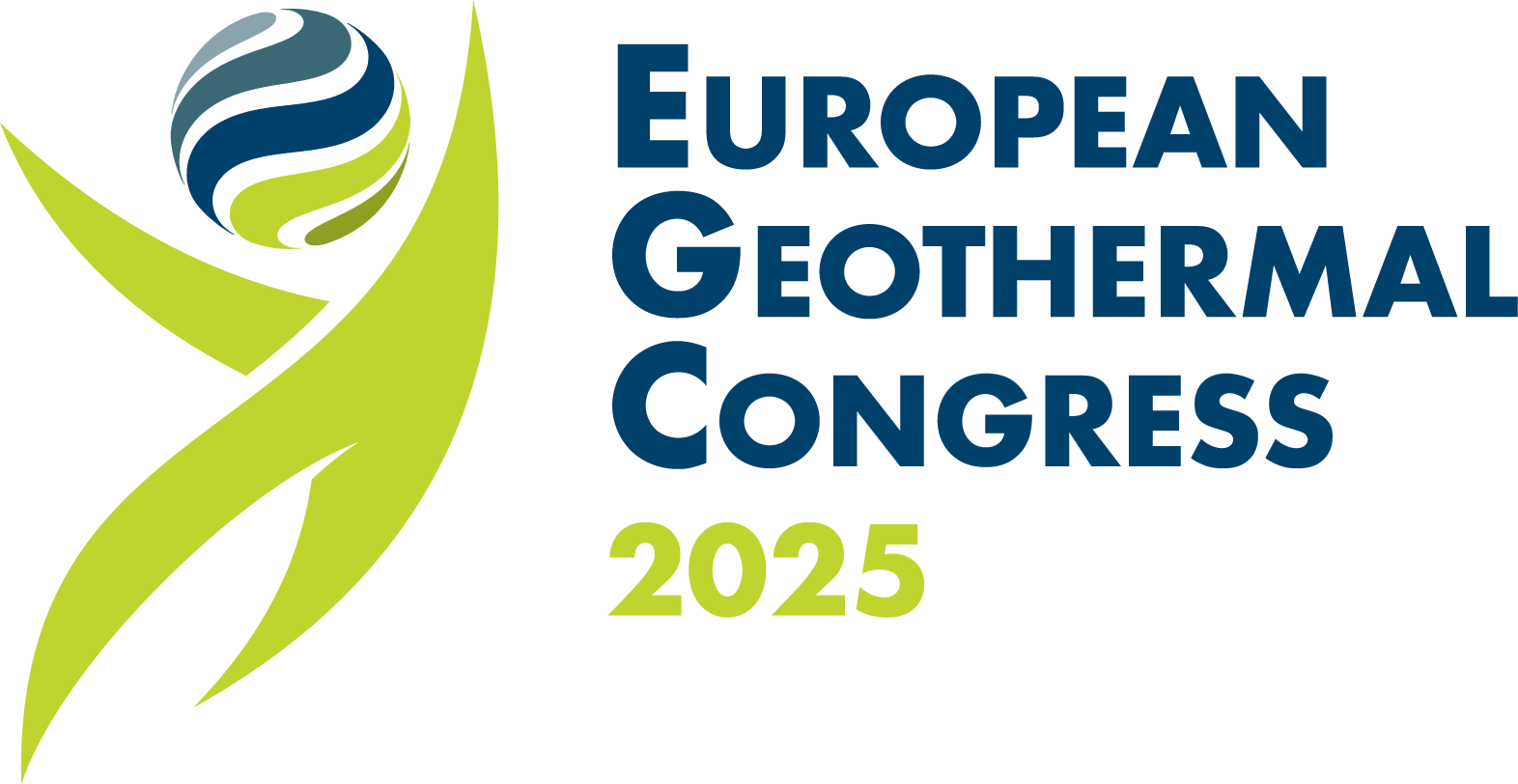Geothermal Heat plant Bergschenhoek and ‘Zandmotor’ (sand-engine) at the The Hague Beach
Friday 14th June
REGISTRATION
CANCELLED
THIS SITE VISIT HAS BEEN CANCELLED. FOR INFORMATION ABOUT REFUNDS OR ALTERNATIVE OPTIONS PLEASE CONTACT info@europeangeothermalcongress.eu
When: Friday 14th June 2019, 09:00 – 16:00
This field trip will focus on several aspects of geothermal exploration and production such as geology, possible modern day analogues, heat and hydrocarbon co-production, technology, interference with hydrocarbons, spatial planning, and applications.The province of Zuid Holland where The Hague and the excursion locations are situated grossly coincides with the West Netherlands Basin tectono-stratigraphic unit. After a history of extensive oil and gas exploration and production, the West Netherlands Basin is currently the most prolific geothermal province in the Netherlands. The first oil discovery in the Netherlands was made in 1938 at demonstration well De Mient in The Hague. Exploration for and subsequently production of hydrocarbons, both oil and gas, in what has proven to be a prolific hydrocarbon province, started a few decades later and is still ongoing. In 2007, almost 70 years after the first oil discovery, tomato grower Rik van den Bosch started the first successful commercial geothermal project in the Netherlands at a stone’s throw distance from the De Mient location. Two geothermal exploration wells were drilled to a Lower Cretaceous aquifer at about 1700 m depth. This successful concept was repeated 10 times yet and still is followed on, targeting both Upper Jurassic and Lower Cretaceous aquifers for direct use purposes.
The Upper Jurassic – Lower Cretaceous sequence comprises a variety of rock types. The marine and the fluvial channel sandstones prove to be highly productive and injective reservoirs. At the first stop in Lansingerland, the location of the Bergschenhoek Geothermal plant the geothermal system will be explained starting with a close look into the reservoir: a core viewing session of a typical Lower Jurassic – Upper Cretaceous reservoir section and ending with the wells and surface installation. The latter includes a gas separation unit – being located in a hydrocarbon province, co-production of hydrocarbons is unavoidable.
At the second stop we will look at a modern-day analogue of the geothermal aquifer. The analogue location is found at the beach near The Hague, where a sand suppletion project with subsequent natural modification created a sand spit with a small lagoon, thought to be representative for the interval seen in the part of the core. When time permits a third stop in a more landward site from the beach the terrestrial sediments will be drilled using hand held drilling gear.
Learning topics
- Recent development of geothermal energy in the Netherlands
- Geothermal production and its challenges in a mature oil and gas province
Schedule of the excursion
9:00 | Departure from World Forum
10.00 | Arrival at Bergschenhoek and visit
13.00 | Arrival at Kijkduin beach
16.00 | Arrival at World Forum
